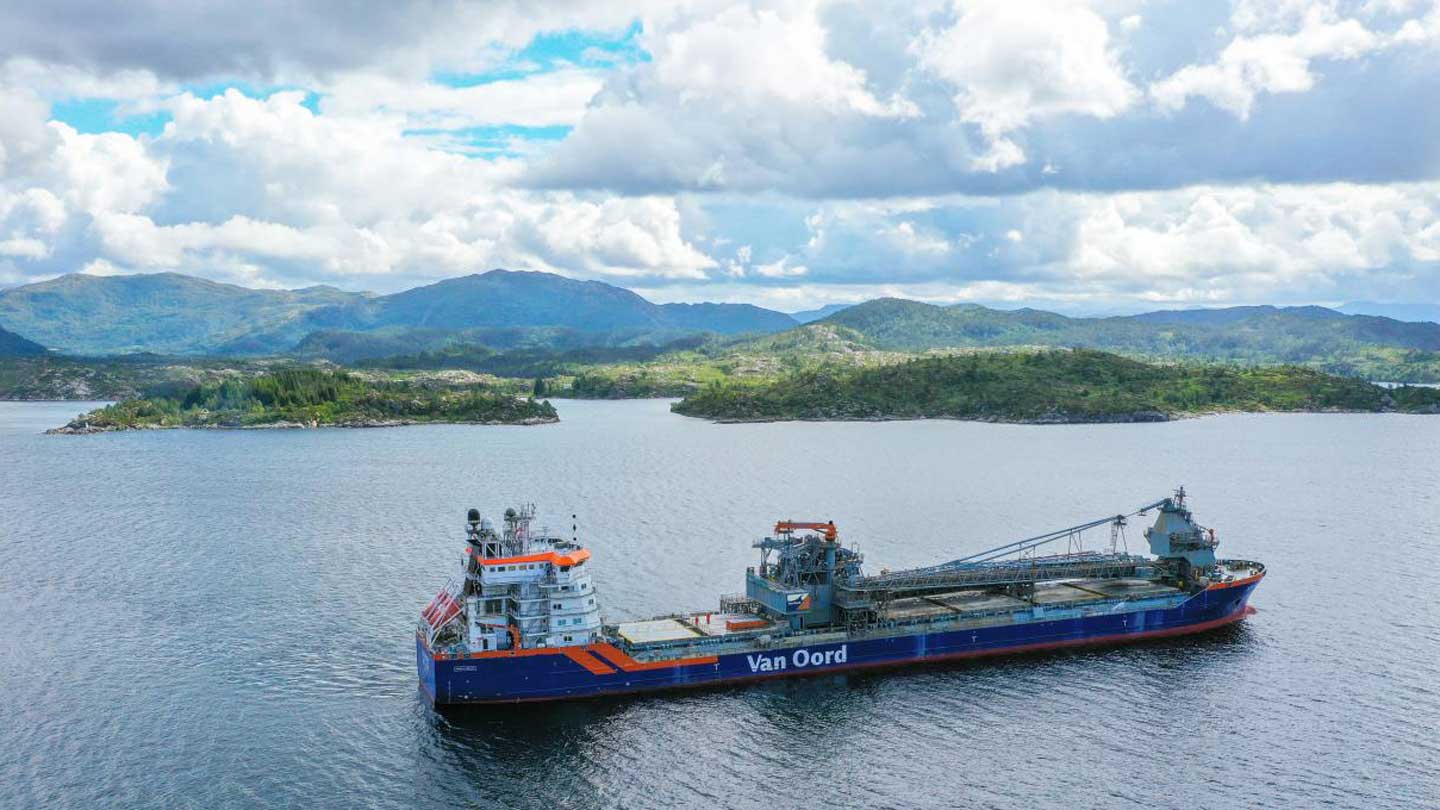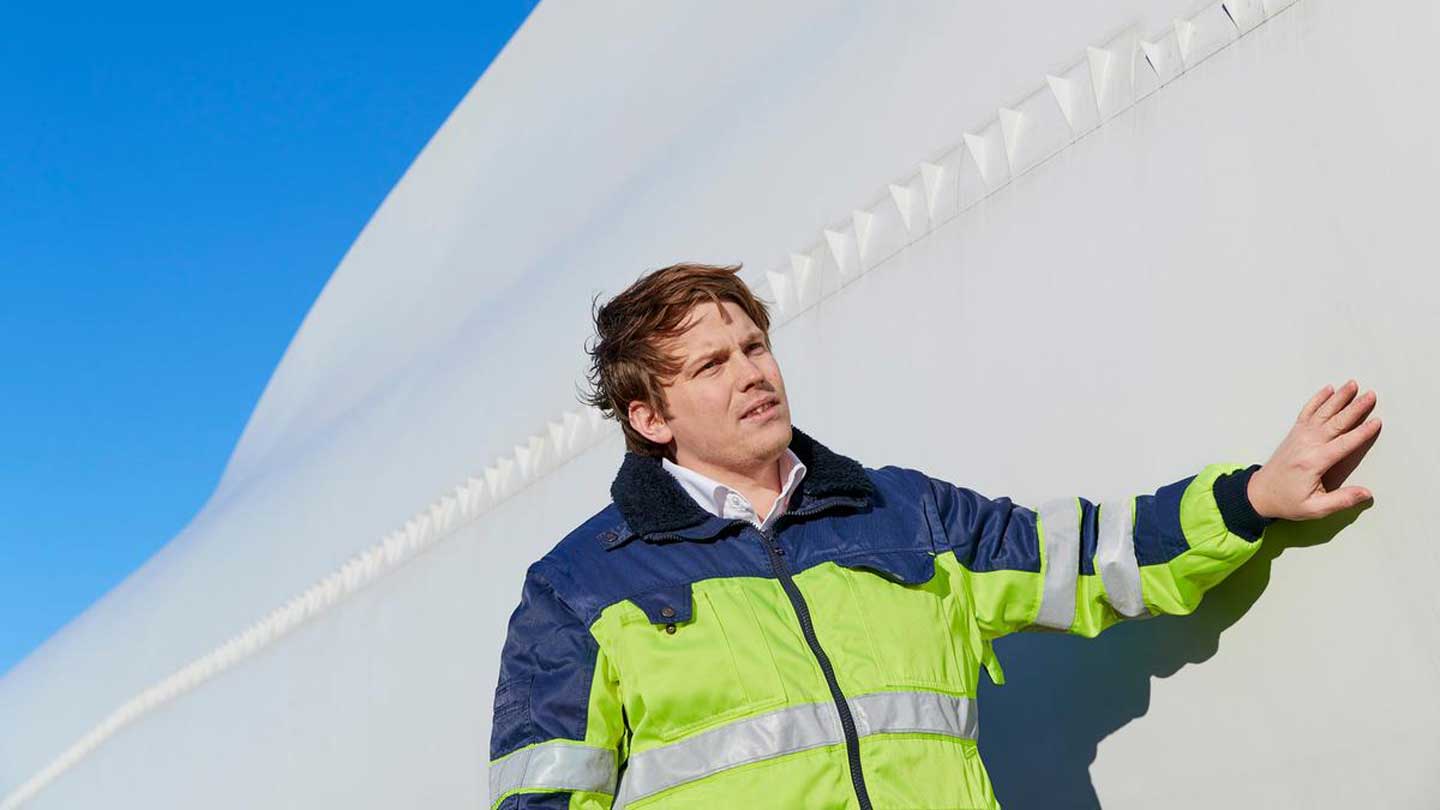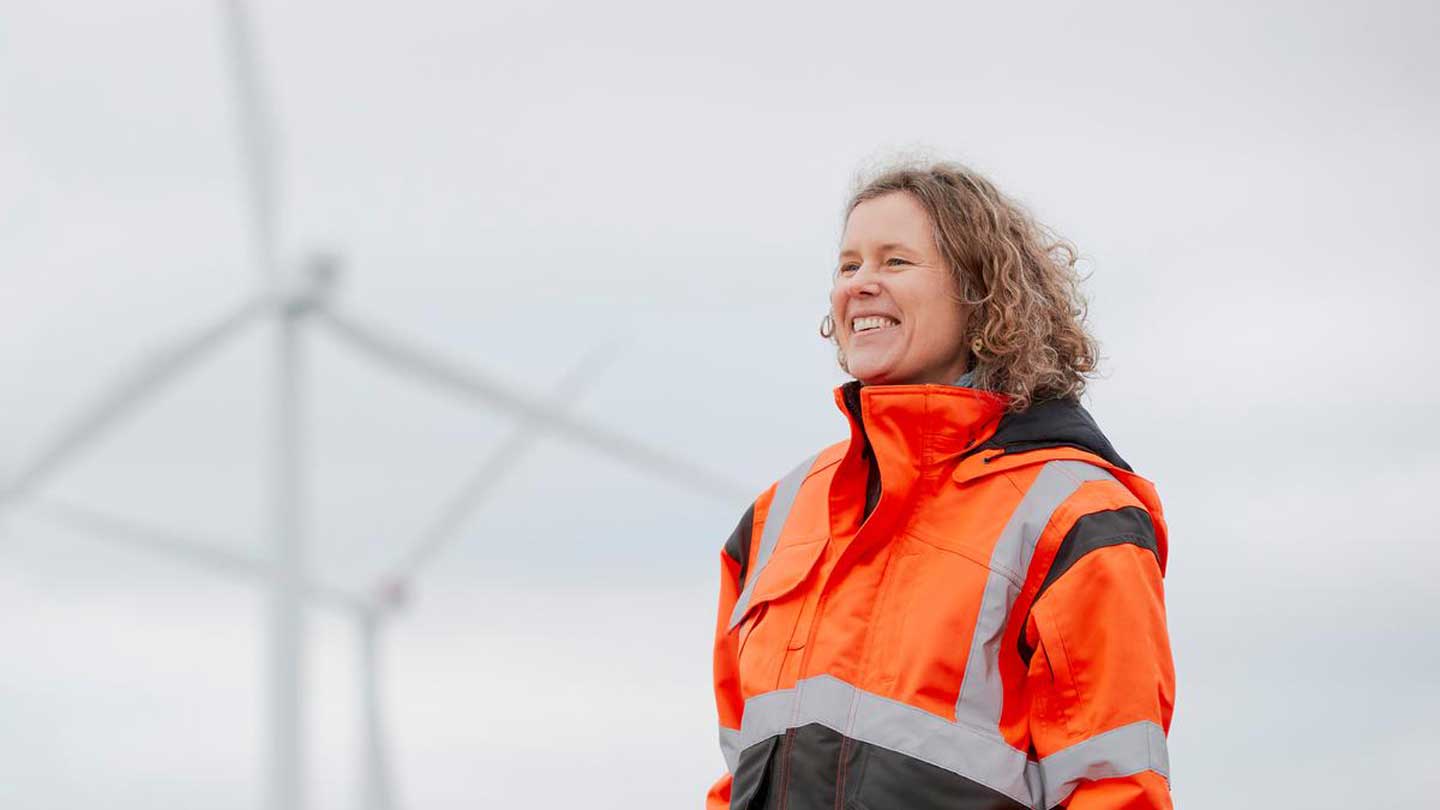Hi Anders! Can you tell us a bit about yourself and your role?
I'm currently CEO of Bladt Industries. Previously in my career I had been CEO of a shipping company that did cable installation; I had also run a bicycle factory in the Czech Republic. But my life changed in 2006 when I moved into offshore wind, and I’ve stayed there ever since. I was founding CEO of Vestas Offshore Wind and I also built up the offshore department at GE.
Now I'm working to turn Bladt into a pure-play renewables supplier. In 2021 we discontinued our oil and gas work and we’re in the process of doing the same with infrastructure, to focus purely on one business area: wind.
Offshore wind has a meaningful purpose for me. There is political ambition and clear business potential in this area, so it is an exciting place to be.
What’s the biggest challenge you face?
We’re a steel contractor, and we specialise in producing offshore structures. For Ørsted, we supply monopiles, which are the foundations securing wind turbines to the ocean floor. So, we’re literally the foundation of offshore wind.
When you look at Bladt from the outside, you’ll see a supersize blacksmith. But in fact, that is the green transition in its purest form. Not many people realise this, but the green transition is going to be an industrial effort beyond belief. Renewable energy structures don’t come from nowhere. It’s industrial work; it involves drilling, casting, cutting, and bending.
All this industry requires a lot of energy, which currently comes from fossil fuels. The furnaces that make the steel we buy, for instance, require more energy than it takes to power the city of Düsseldorf. And steel is a necessary part of the transition. Still, we must all do everything we can to make the transition is as green as possible.



